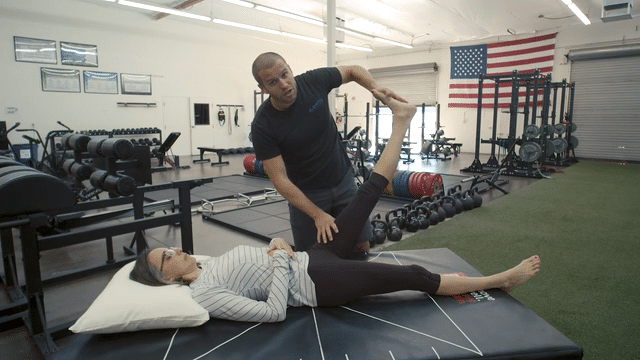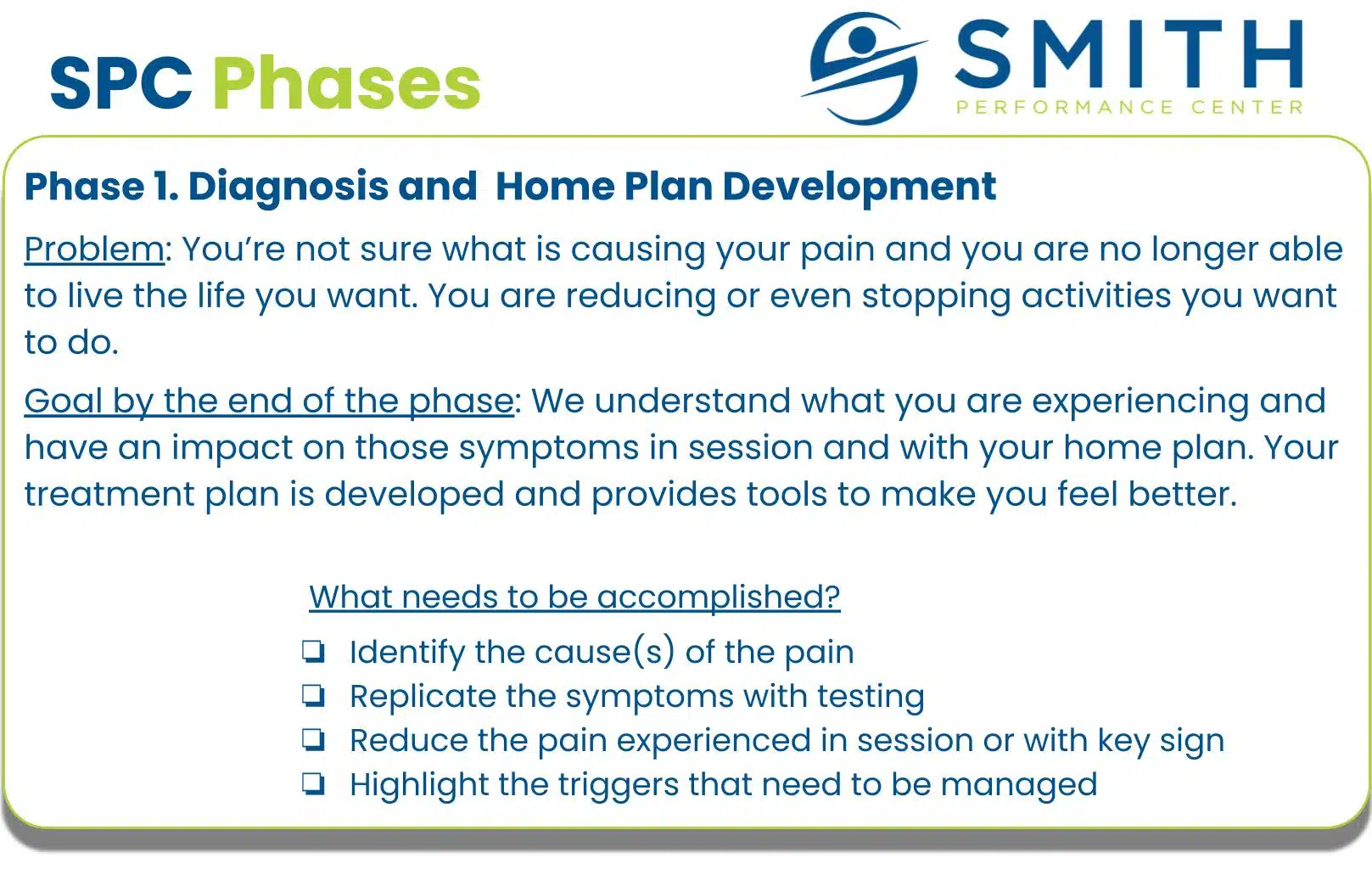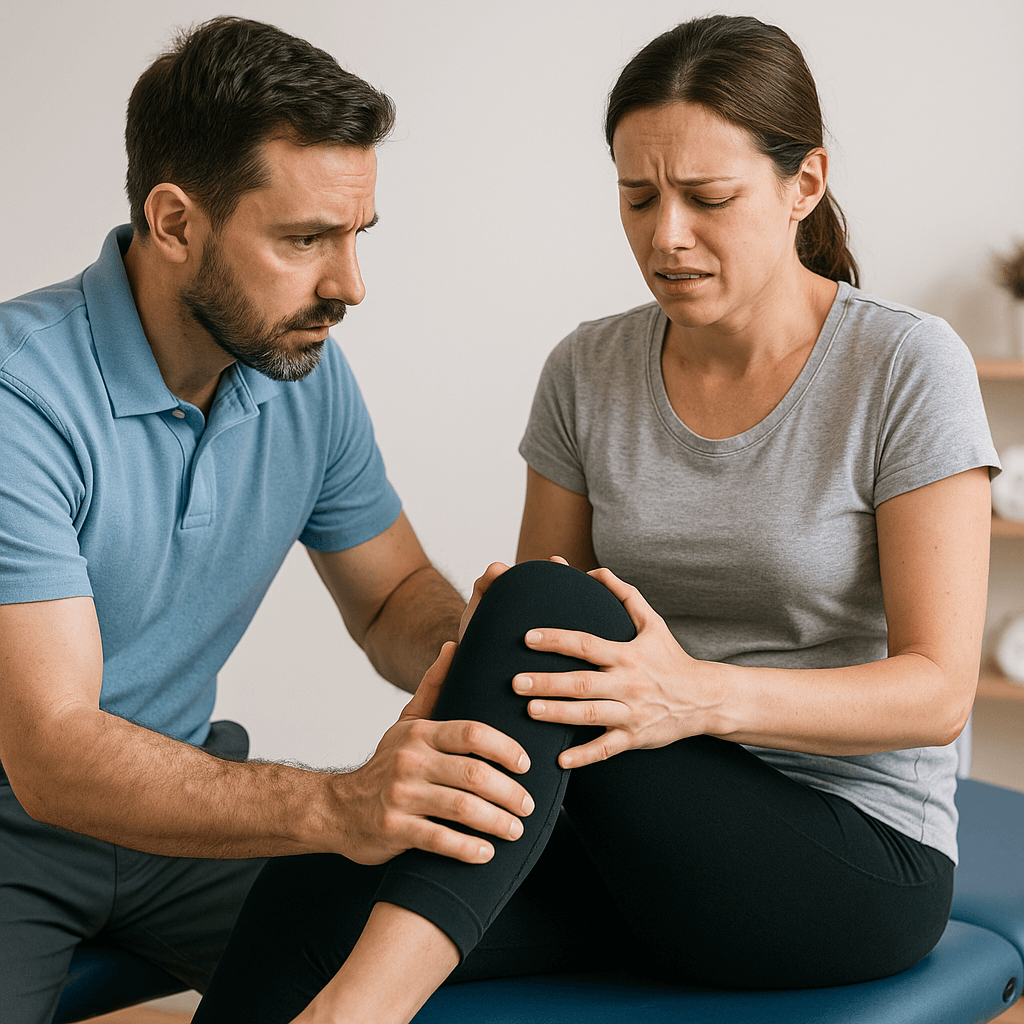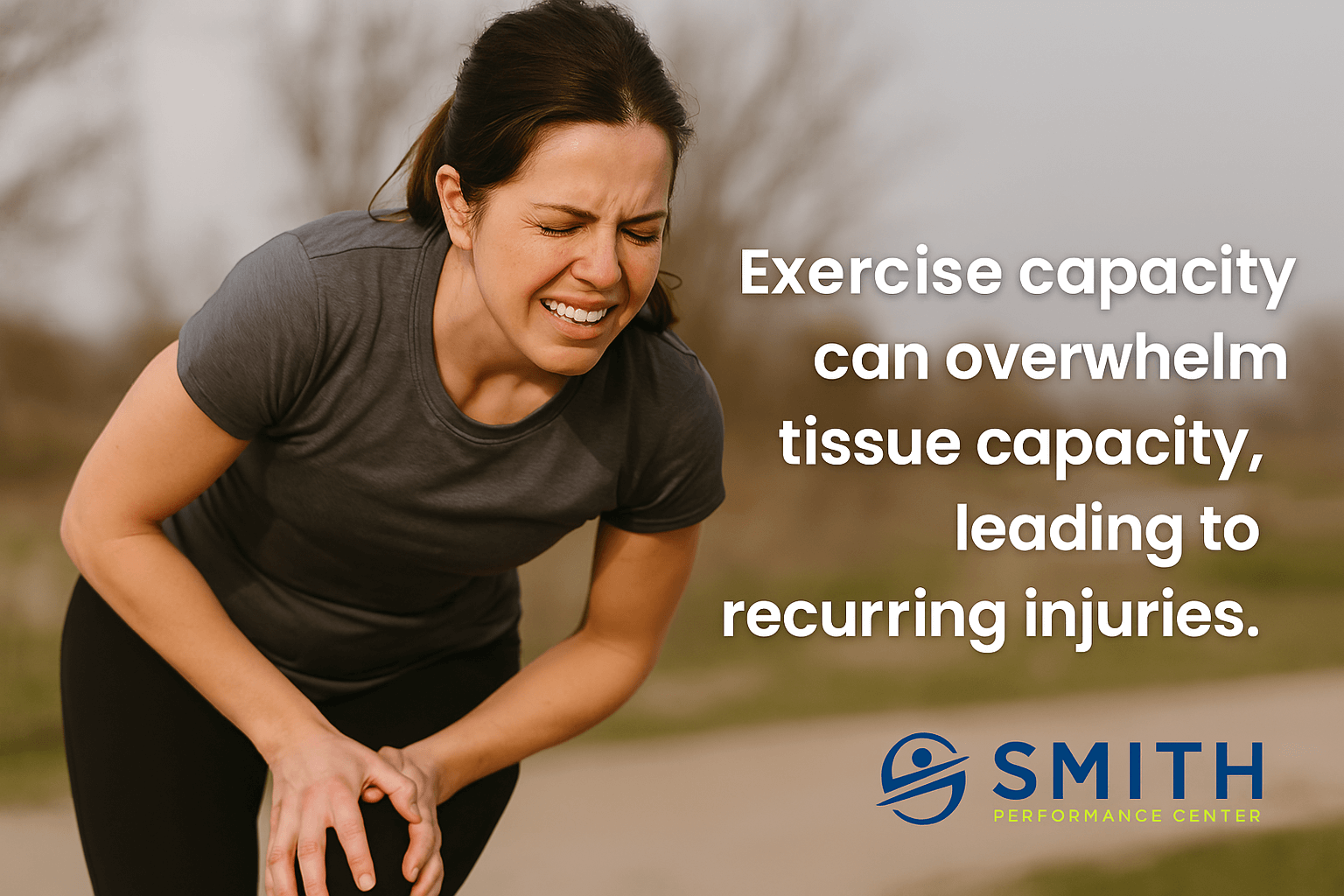
From Pain to Progress: Building an Exercise Habit After Injury
A perfect time to build the exercise habit occurs when you overcome a painful injury. At Smith Performance Center (SPC), this happens during the “activity progression” phase after stabilizing symptoms. Unlike a standard exercise routine, activity progression focuses on managing and improving tissue capacity—your body’s ability to handle physical load without pain or injury. If these terms sound unfamiliar, don’t worry. The following signs indicate you may have skipped the fundamentals of activity progression: Why Delaying Exercise Is a Mistake Many individuals delay exercise until they feel completely better. However, this approach has drawbacks: Your Path at SPC At SPC, we’ve developed a clear plan to help you build fitness while overcoming an injury. Here’s how it works: 1. Your Home Plan: Manage Symptoms and Flare-Ups The biggest hurdle to starting exercise is handling symptom increases. If daily activities cause large spikes in pain, your exercise plan must be carefully








